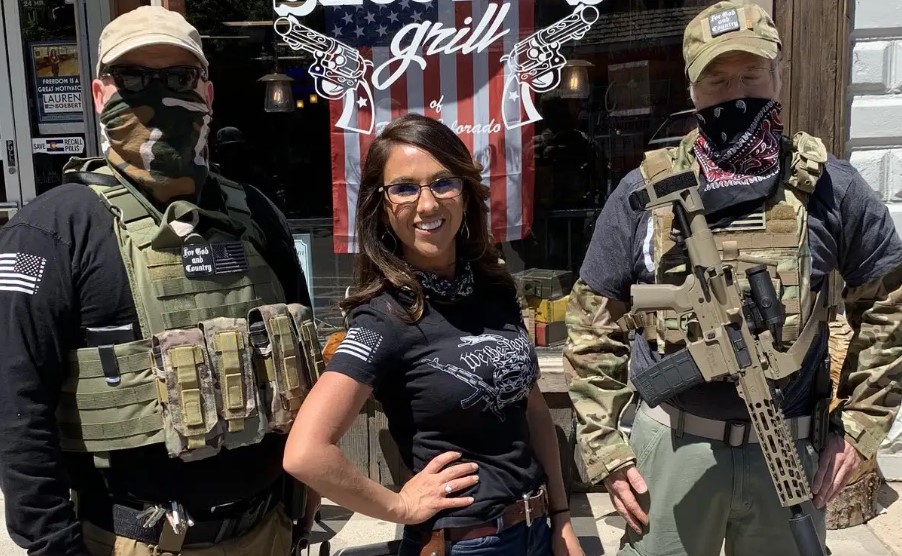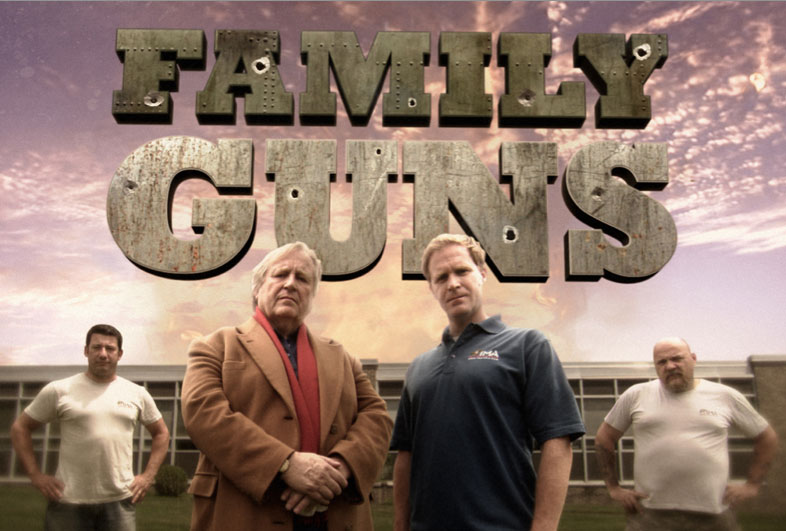

It is bounded wth Sr John Curriton’s land as to the greatest part, and wth the sea on the other. There is about sixteen acres of ground belonging to the Glebe undivided, the greatest part of which is arable, the other part is furze. It says ‘ There is a little house containing two little ground rooms and a little Chamber over …., and a little stable built against the end of the House. The Kea Parish Register contains details of the Glebe house and Glebe land in a 1727 Terrier It was customary for tenancies to pass from father to son so Hugh Gun may well have been the previous tenant, though by 1778 the 71 year old Hugh lived at Coombe. It seems very likely that in 1798 John Gunn farmed the Glebe land and was also the tenant of a much smaller plot of land, Pryers, which has a hatched red area indicating a house. In the extract above both the positions of the Glebe (then spelled Gleeb) and Pryers are clear. The name is Cornish and contains the element lan, ‘enclosed cemetery’, with the saint’s name, Kea. The place-name ‘Landegea’ at Old Kea is first recorded in 1068. They had bought Landegay in about 1620 when they bought many manors, including manors in Probus, St Ewe and Cuby, from the estates confiscated by the Crown from the Catholic recusant Francis Tregian of Golden, near Probus. Their extensive estates were centred around the Tamar and the Manor of Landegay was probably their most distant holding.

The Manor of Landegay, was owned by the Coryton family who were based at Pentillie House on the river Tamar. Did this tenement have any relationship to Prudence Prior? The surveyor showed the location of the ‘Gleeb’ and adjacent to it a small plot of land named ‘Pryers’.

More information can be found in the Coryton Estate map of circa 1770 for the manor of Landy Gay, see below. Finally, there is the sum to be paid to redeem the annual tax given in £ s d. In the table above the first name is the landowner, the second the tenant and the third – if given – the name of the holding or tenement. Yet with John Gunn we do know he held land from the Reverend Mills, the rector of Kea, and the holding is named as ‘The Glebe’, this was the Glebe farm at Old Kea churchtown.
:no_upscale()/cdn.vox-cdn.com/uploads/chorus_asset/file/22348534/Fruits_Basket_Final_Season_Key_Visual_Rope_717x1024.jpeg)
Using the Land Redemption Tax of 1798 is frustrating in that it neither gives detail on the holdings which are being taxed nor has a map.
FAMILY PHOTO GUN FREE
In 1798 a new Land Tax was imposed but owners were given the option to pay a lump sum or buy government bonds to free themselves from future liability. It is unclear where Hugh and Prudence lived during the early part of their lives together but there are clues that can be found in the records that exist about their sons Hugh, born in 1761, and John, born in 1764. Prudence had been born in Kea in 1739 but when baptised her surname was spelled ‘Prior’. The Marriage Register shows that he was able to sign his name, but Prudence was illiterate, she could only sign the register with her ‘mark’. On 5 October 1760 he married Prudence Pryor who also lived in Kea. He had an older sister, Ann, who was born in 1725 but the records say nothing more about her. Hugh was the second child of John and Grace Gun. We know that Hugh was born in Kea and was baptised on 6 August 1727, one of only seven children baptised in Kea in that year. In Memory of Hugh Gun Who Died 29 March 1804 Aged 76 Years As a visitor walks through the gateway into Old Kea churchyard the first gravestone is on the right and remembers Hugh Gun.


 0 kommentar(er)
0 kommentar(er)
